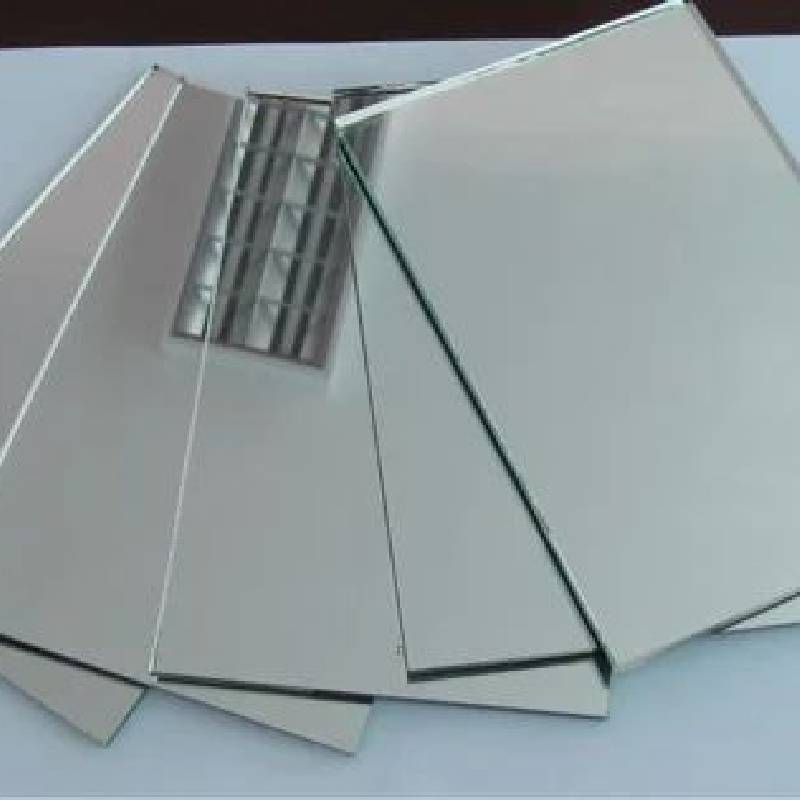

The Versatility of One-Way Mirror Glass for Windows
One-way mirror glass, also known as two-way mirror or observation glass, is an innovative and versatile material that caters to a multitude of applications, particularly in architectural design, security measures, and privacy enhancement. This unique glass surface appears reflective on one side while allowing visibility from the other, a characteristic that has made it an increasingly popular choice for modern windows.
Understanding One-Way Mirror Glass
At its core, one-way mirror glass comprises a thin layer of metal deposited on clear glass, which reflects light on one side while allowing light to pass through from the other. This phenomenon occurs due to the varying light conditions when one side is illuminated brightly, it becomes the reflective side, and the darker side allows for visibility. The difference in light intensity is crucial; during the daytime, the exterior side of the glass reflects sunlight, while the interior benefits from transparency.
Applications in Architecture and Design
In the realm of architecture, one-way mirror glass is utilized to create visually striking facades while maintaining energy efficiency. Large commercial buildings frequently employ this glass to enhance their aesthetic appeal and reduce glare. Architects often favor it for offices and conference rooms, allowing natural light to flood interiors without compromising privacy. The reflective quality of the glass also means that buildings can blend seamlessly into their surroundings during the day, minimizing visual impact on the environment.
Furthermore, residential applications are on the rise as homeowners seek innovative ways to enhance both privacy and aesthetic appeal. One-way mirror glass can be integrated into windows, sliding doors, and even bathroom mirrors, providing essential privacy without sacrificing light. This dual functionality is especially valuable in urban settings where space is limited and aims to create a serene retreat within a bustling backdrop.
Security and Safety Features

One of the significant advantages of one-way mirror glass is its contribution to security. In high-security environments, such as banks, prisons, and interrogation rooms, this glass allows authorities to monitor activities without being seen. Security personnel can observe without being observed, creating a sense of safety while minimizing the risk of potential confrontations or issues.
Moreover, this type of glass is often manufactured with shatter-resistant characteristics that further enhance safety. In the event of a break-in or vandalism, the glass is designed to hold together, significantly reducing the risk of injury and property damage. This attribute makes it an excellent option for places that require both visibility and security.
Challenges and Considerations
Despite its numerous benefits, there are some challenges associated with one-way mirror glass. The effectiveness of the glass depends heavily on the light conditions; therefore, it may not function optimally at night when interior lighting is typically more intense than exterior lighting. In such instances, window coverings or blinds may be necessary to ensure privacy after dark.
Additionally, proper installation is crucial to maximizing the performance of one-way mirror glass. Any inconsistencies during installation can lead to issues with reflection and visibility, necessitating the expertise of skilled professionals to ensure optimal results.
Conclusion
In conclusion, one-way mirror glass for windows presents an innovative solution for enhancing privacy, security, and aesthetic appeal in various environments. As both commercial and residential sectors increasingly adopt this material, it is clear that one-way mirror glass is more than just a design trend; it represents a functional element that addresses contemporary demands for safety, energy efficiency, and modernity in architectural design. Its dual capabilities are set to make it a staple in future architectural projects, showcasing the perfect blend of form and function.